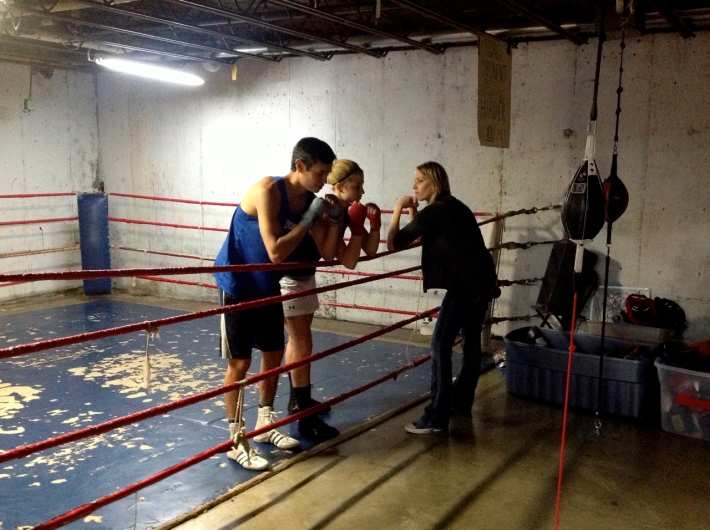“Above the Fight” is a Social Norming Campaign. What’s That?
In January’s newsletter article, we talked about our Above the Fight Campaign. This campaign aims to reduce fighting between youth, both in school and in the community. The good news is, most kids don’t fight. We are reaching out to the kids who do and also letting the kids that don’t know they are the majority. Above the Fight will be featured in the middle and high schools and in areas in the community where fights between youth happen. These are also areas where kids who don’t fight may fear they will be victims of those that do.
Above the Fight is an example of a social norming campaign, using environmental design. Social norming campaigns attempt to correct incorrect perceptions that individuals have that the attitudes or behaviors of others are different from their own, when in reality they are similar. There is evidence showing in relation to public health that when perceptions are corrected, the behaviors within the perceiving cohort will more closely align with the healthier behavior. In this case, we are talking about fighting. Physical fighting is the unhealthy behavior (minority), and choosing not to fight is the healthy behavior (majority). Social norming theory is based on the following set of assumptions:
- Actions are often based on misinformation about or misperceptions of others’ attitudes and/or behavior.
- When misperceptions are defined or perceived as real, they have real consequences.
- Individuals passively accept misperceptions rather than actively intervening to change them, hiding from others their true perceptions, feelings, or beliefs.
- The effects of misperceptions are self-perpetuating because they discourage the expression of opinions and actions that are falsely believed to be nonconforming while encouraging problem behaviors that are falsely believed to be normative.
- Appropriate information about the actual norm will encourage individuals to express those beliefs that are consistent with the true, healthier norm, and inhibit problem behaviors that are inconsistent with it.
- Individuals who do not personally engage in the problematic behavior may contribute to the problem by the way in which they talk about the behavior. Misperceptions thus function to strengthen beliefs and values that the “carriers of the misperception” do not themselves hold and contribute to the climate that encourages problem behavior.
- For a norm to be perpetuated it is not necessary for the majority to believe it, but only for the majority to believe that the majority believes it.
Another example of a social norming campaign Youth Connections Violence Prevention Work Group brought to the community was the Keep It In the Ring Campaign. For this campaign we highlighted how honor, discipline, and respect were all components of being a true Mixed Martial Arts competitor. The common perception may have been informal fighting outside of the sport was the same thing. Many MMA competitors stood up to say that this is not how real champions think. Within one year of our campaign, targeting MMA audience members, fighting between youth in Helena was reduced 10%!
Our aim with Above the Fight is to reduce the number of fights that occur between youth in our community by another 10%. For more information or to help out, contact Jessica Peterson at [email protected].

